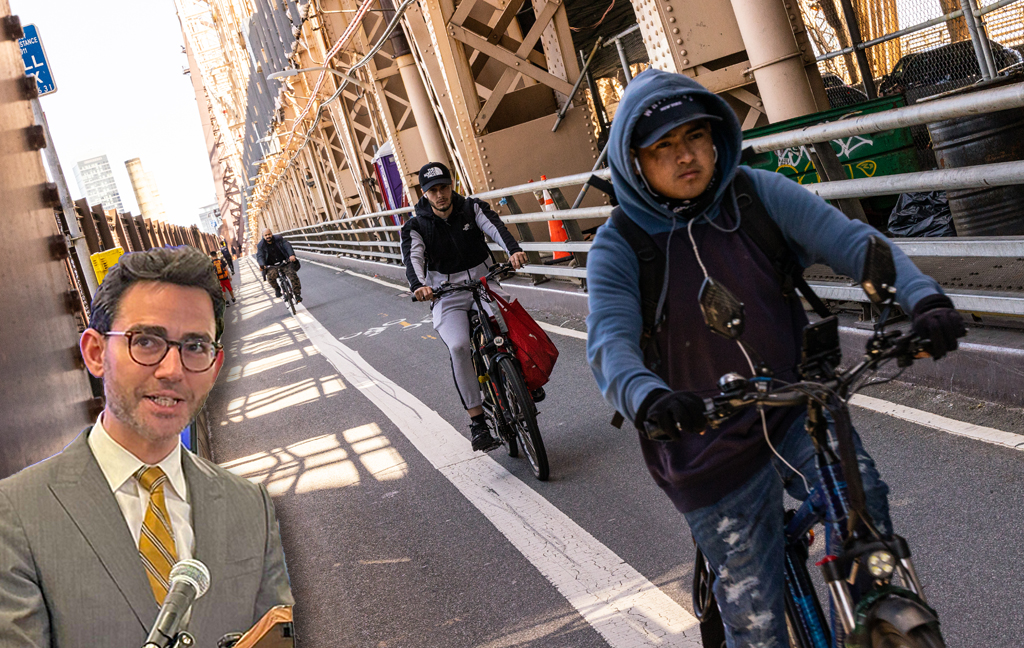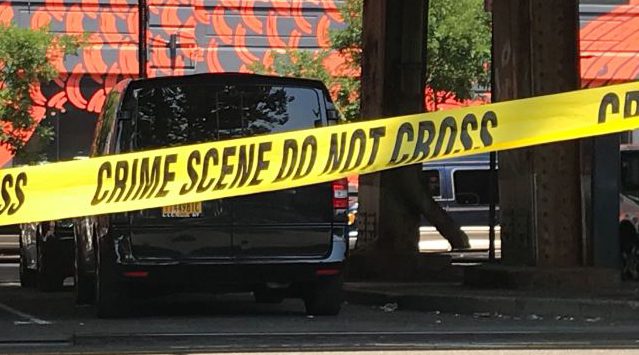More American cities are considering bus rapid transit, or BRT, as a cost-effective method to expand and improve transit. One of the knocks against BRT, as opposed to rail, is that it supposedly doesn't affect development patterns. But a new study [PDF] by Arthur C. Nelson of the University of Arizona and released by Transportation for America finds that BRT lines can indeed shape real estate and attract jobs -- if the projects are done right.

Nelson and co-author Joanna Ganning examined real estate investment, commercial rents, and multi-family housing development around BRT routes during the early 2000s and the first half of this decade. They found that in Pittsburgh, Cleveland, Las Vegas, Los Angeles, and other cities with high-quality BRT lines, real estate near the routes tends to be valued at a premium and is capturing an increasing share of development.
For example, in downtown Cleveland, offices within a quarter-mile of the Healthline BRT rent at prices 18 percent higher than downtown office space outside walking distance of the line. In Eugene, Oregon, the premium is 12 percent.
Proximity to BRT lines appears to be growing more appealing over time. Between 2000 and 2007, Census tracts within a quarter mile of BRT routes captured about 11 percent of total office space development in the regions the authors studied. From 2007 to 2015, that share grew to 15 percent.
"This is not trivial," said Nelson during a presentation at the annual meeting of the Transportation Research Board this morning. "My sense is that this distribution will keep gaining share."
BRT corridors are attracting an increasing share of multi-family housing development, as well, the authors found. Of the cities that had substantial BRT systems in place in the early 2000s, the share of new multi-family development within walking distance of BRT routes was about 2 percent between 2000 and 2007, according to Nelson. But during the economic recovery, that share has grown to about 5 percent -- more than doubling.
"The market is being transformed," Nelson said.
Finally, Nelson found BRT lines have been attracting jobs during the recovery. Since the recession, areas near BRT are seeing more growth in middle- and high-wage jobs than other areas. However, the share of lower-wage jobs is decreasing (though not as fast as it was before the recession), perhaps because rising rents can have the effect of crowding out lower-wage jobs.

One surprising aspect of the study was that the manufacturing industry in particular seems to be drawn to BRT corridors. Microbreweries setting up shop along Cleveland's Healthline are an example of the small-scale, "nontraditional" manufacturing cropping up near BRT.
Nelson says BRT can help meet the growing demand for fixed-guideway transit at a lower cost than rail, especially in smaller metro areas like Indianapolis, Des Moines, Albuquerque, and Fresno. He estimates that by 2050 about 100 million Americans will want to have walkable accessibility to fixed rail transit. But right now it is available to only about 20 million.
BRT can be a powerful tool to help meet the demand with limited resources. More than 20 BRT systems are in the planning stages around the U.S. -- about the same number of systems that are currently operating.
But to reap the benefits of BRT investment, Nelson says cities must ensure the systems are designed and operated at a high standard. Rebranding buses isn't enough. In addition to high frequencies, BRT routes that affect development have features like dedicated lanes, level boarding, off-board fare collection, and signal priority for buses at intersections, he said.





